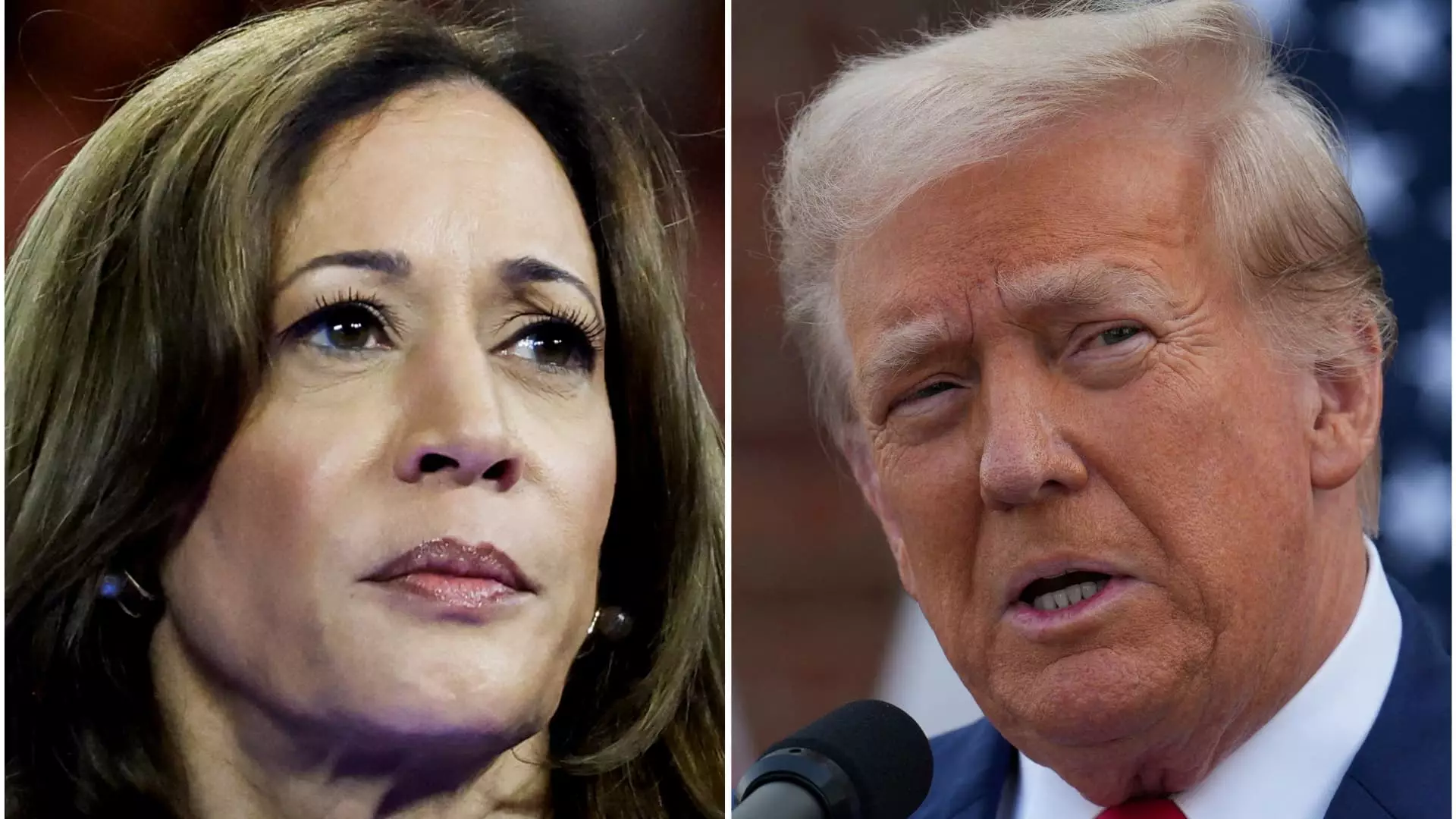In the midst of the upcoming election, investors are on high alert regarding potential changes in capital gains taxes and how these could affect their financial assets. Vice President Kamala Harris, the Democratic presidential nominee, recently put forward a proposal for a 28% tax on long-term capital gains for individuals earning more than $1 million annually. This plan represents an increase from the current top rate of 20%. Senator Bernie Sanders expressed a desire for an even higher rate, indicating that Harris’ proposal is a pragmatic move to secure votes. President Joe Biden’s 2025 budget, on the other hand, calls for a 39.6% tax on long-term capital gains for those earning over $1 million per year. The net investment income tax would also be raised from 3.8% to 5% under Harris’ plan, whereas Biden’s budget proposes the same increase but for individuals with a modified adjusted gross income over $400,000.
Former President Donald Trump has generally supported tax cuts but has not provided a clear outline of his stance on capital gains taxes. The Heritage Foundation, along with multiple conservative organizations, unveiled “Project 2025,” advocating for a 15% tax rate on capital gains and dividends while calling for the abolition of the net investment income tax. Although some Trump officials have been associated with the project, Trump himself has kept his distance. It is essential to note that any changes to capital gains taxes, whether an increase or decrease, would necessitate Congressional approval, and the balance of power in the House and Senate remains uncertain.
Over the years, capital gains tax rates have typically been lower than regular income tax rates. If Kamala Harris’ proposed 33% combined rate for top earners were to be implemented, it would be the highest since 1978. This rate rivals the top rate set by former President Ronald Reagan in 1986, which briefly matched the ordinary income rate. Following tax cuts by former President George W. Bush, the top capital gains tax rate plummeted to 15% between 2003 and 2012, representing the lowest rate since the Great Depression. Despite these fluctuations, capital gains revenue tends to be more volatile compared to regular income taxes due to the timing of investors selling assets to capitalize on profits.
Higher capital gains taxes can result in a “lock-in effect,” causing investors to postpone selling assets or strategically realize gains in a lower tax bracket to optimize their financial outcomes. The uncertainty surrounding revenue estimates for these proposed tax changes raises concerns among policymakers. The average effective tax rates have typically been lower than the maximum capital gains rates, emphasizing the flexibility that investors have in choosing when to trigger capital gains tax obligations. Considering the complexity of tax planning strategies and individual financial goals, the proposed changes could prompt investors to reassess their long-term investment strategies.
The proposed changes to capital gains taxes put forward by Harris and Biden could have far-reaching implications for investors across different income brackets. The historical context and comparisons with past rates shed light on the potential impact of these changes on revenue collection and investor behavior. As the election approaches, investors will need to carefully monitor these developments and adapt their financial strategies accordingly to navigate the evolving tax landscape.


Leave a Reply